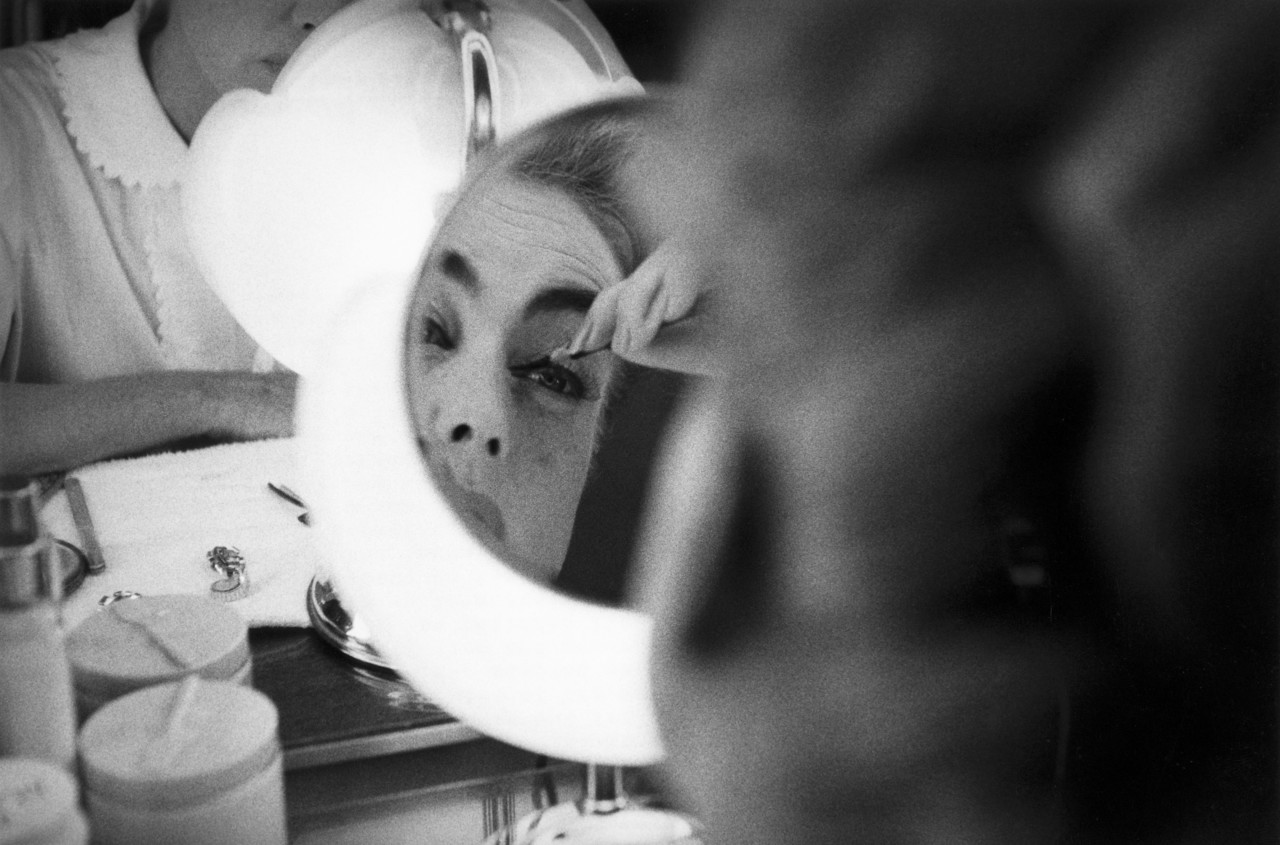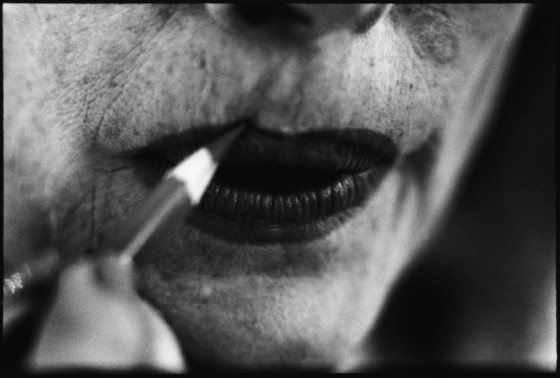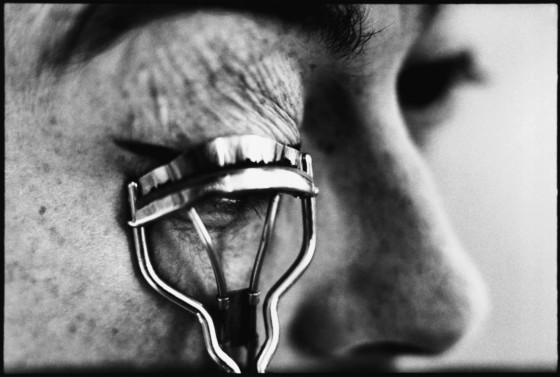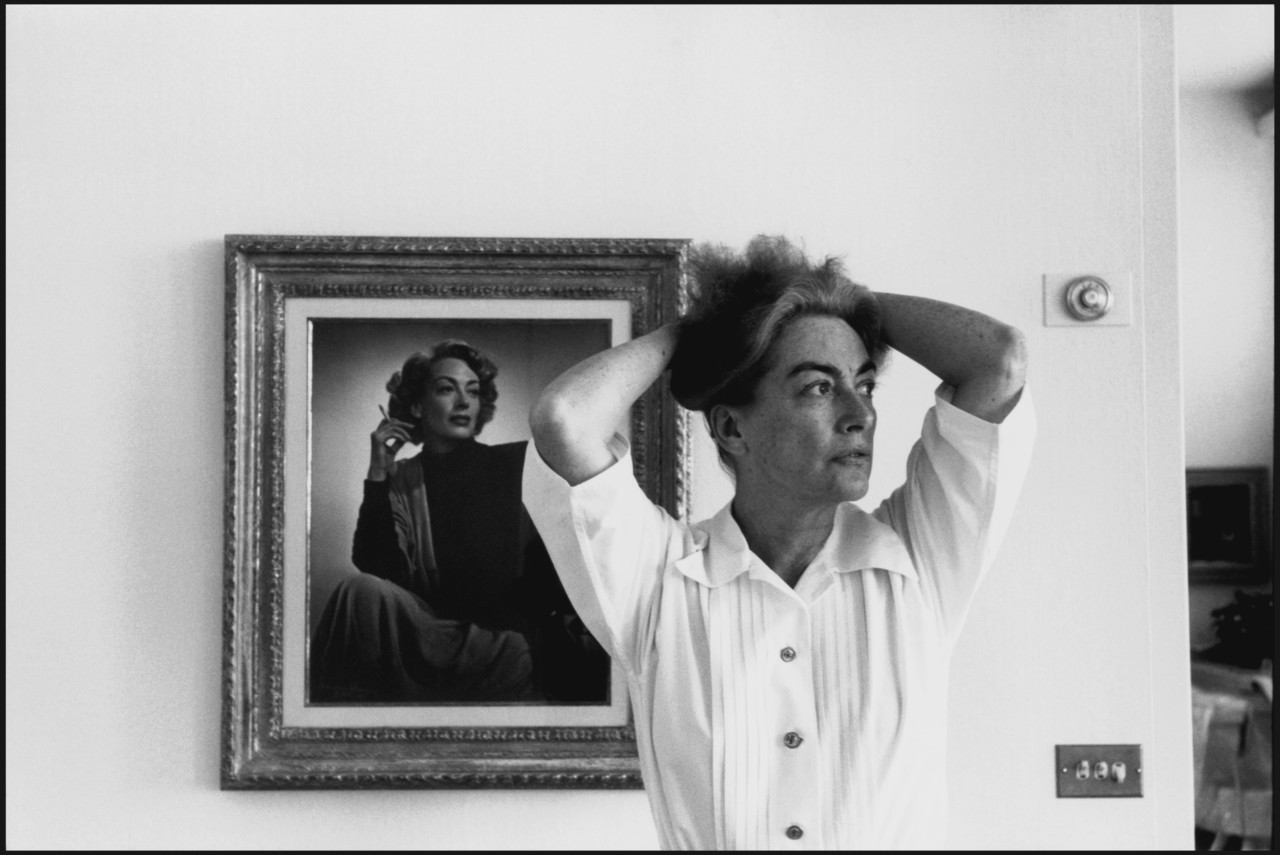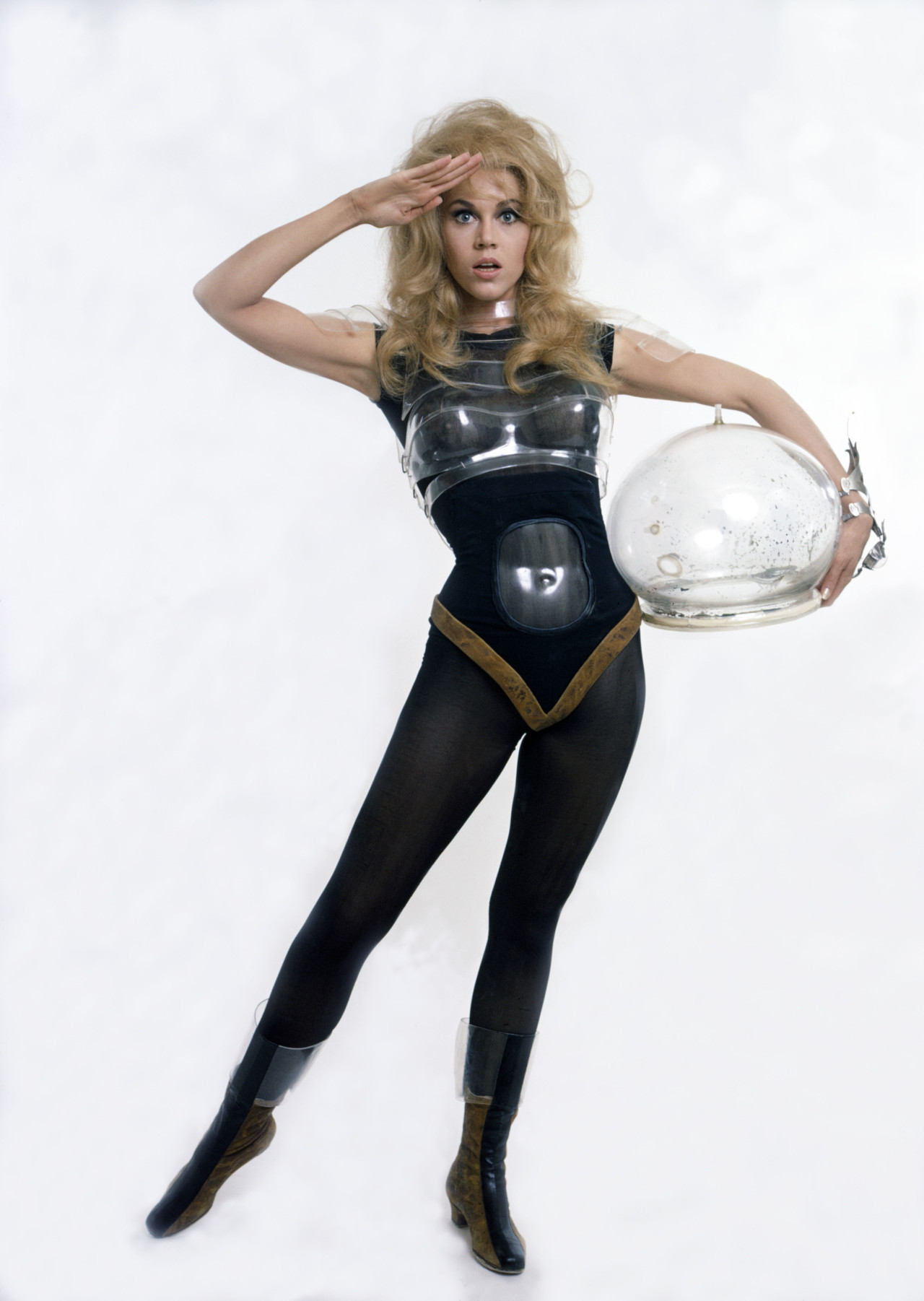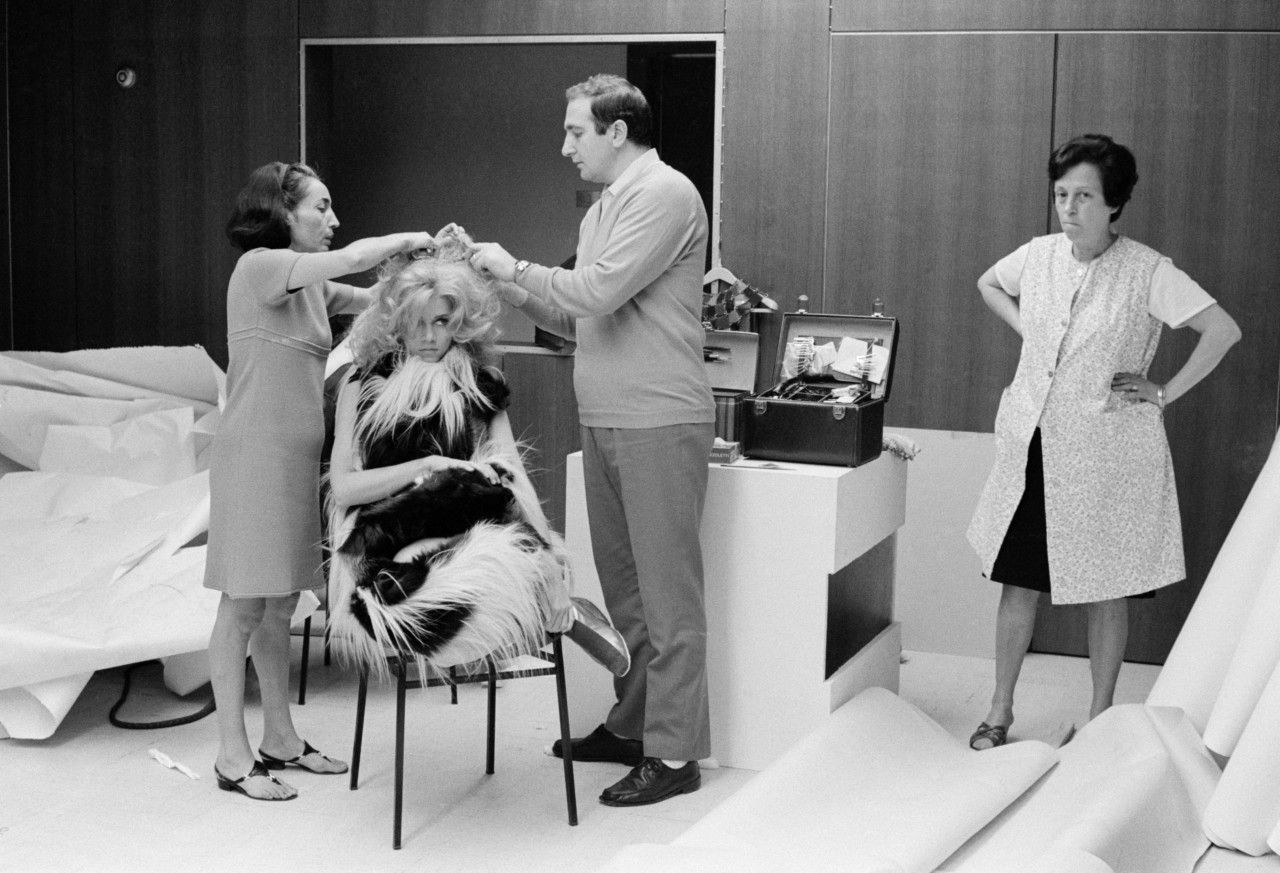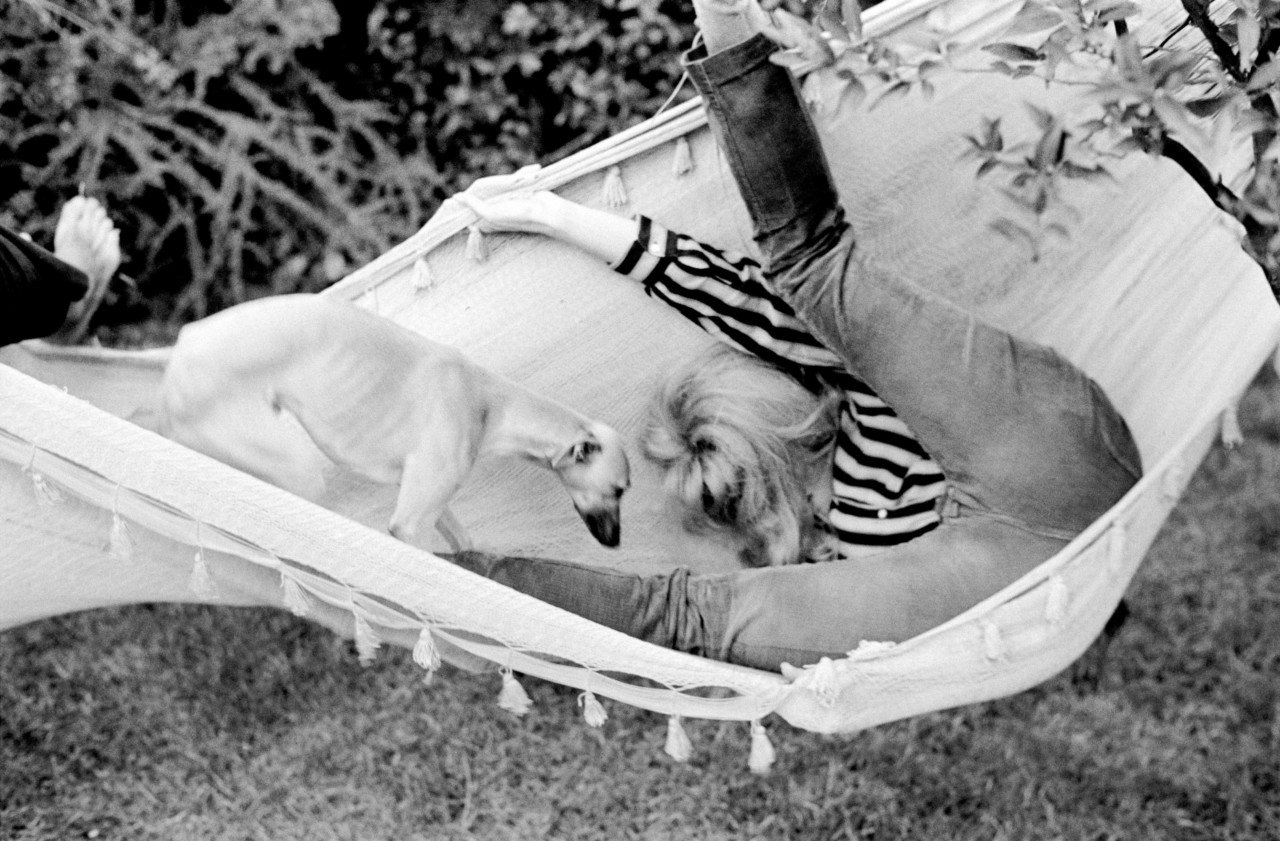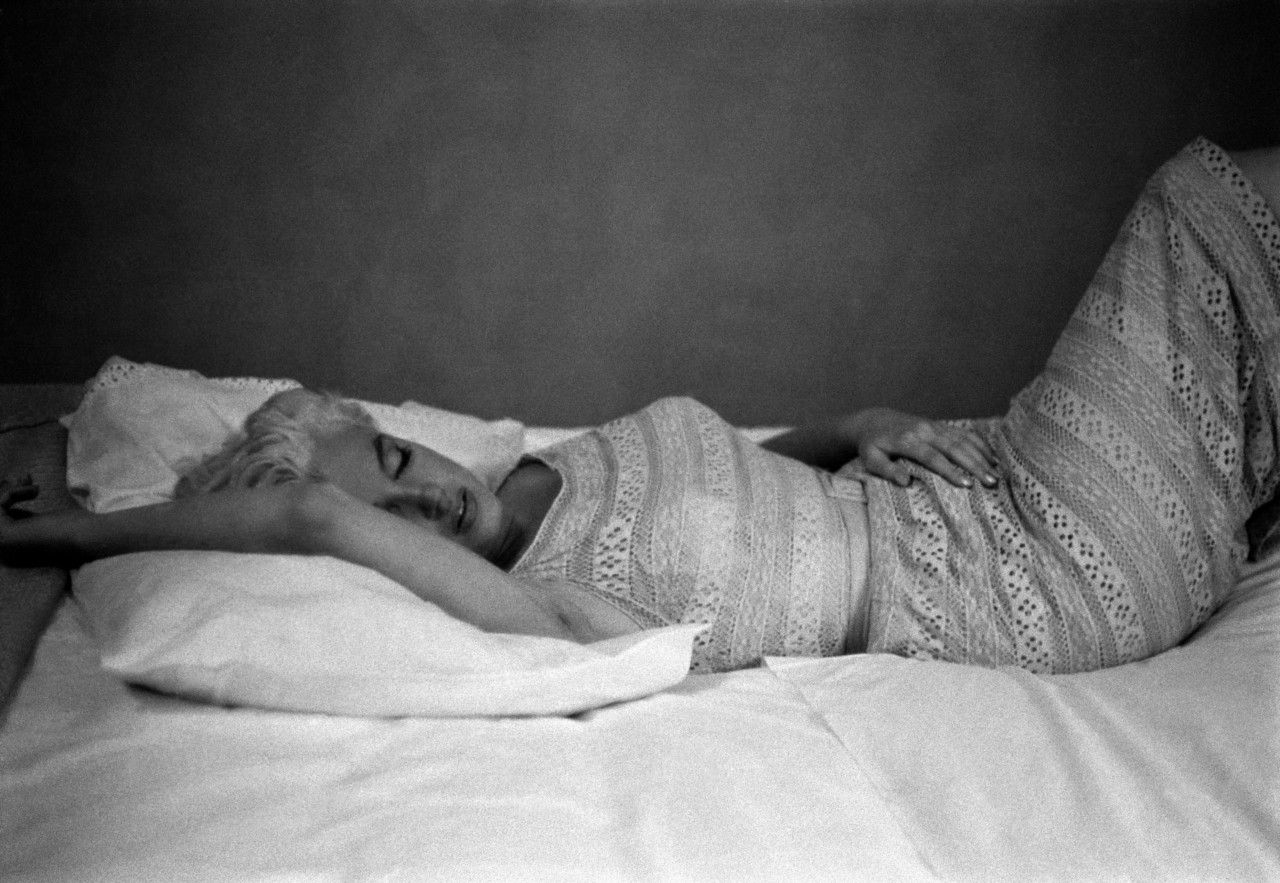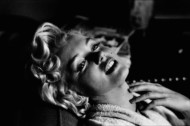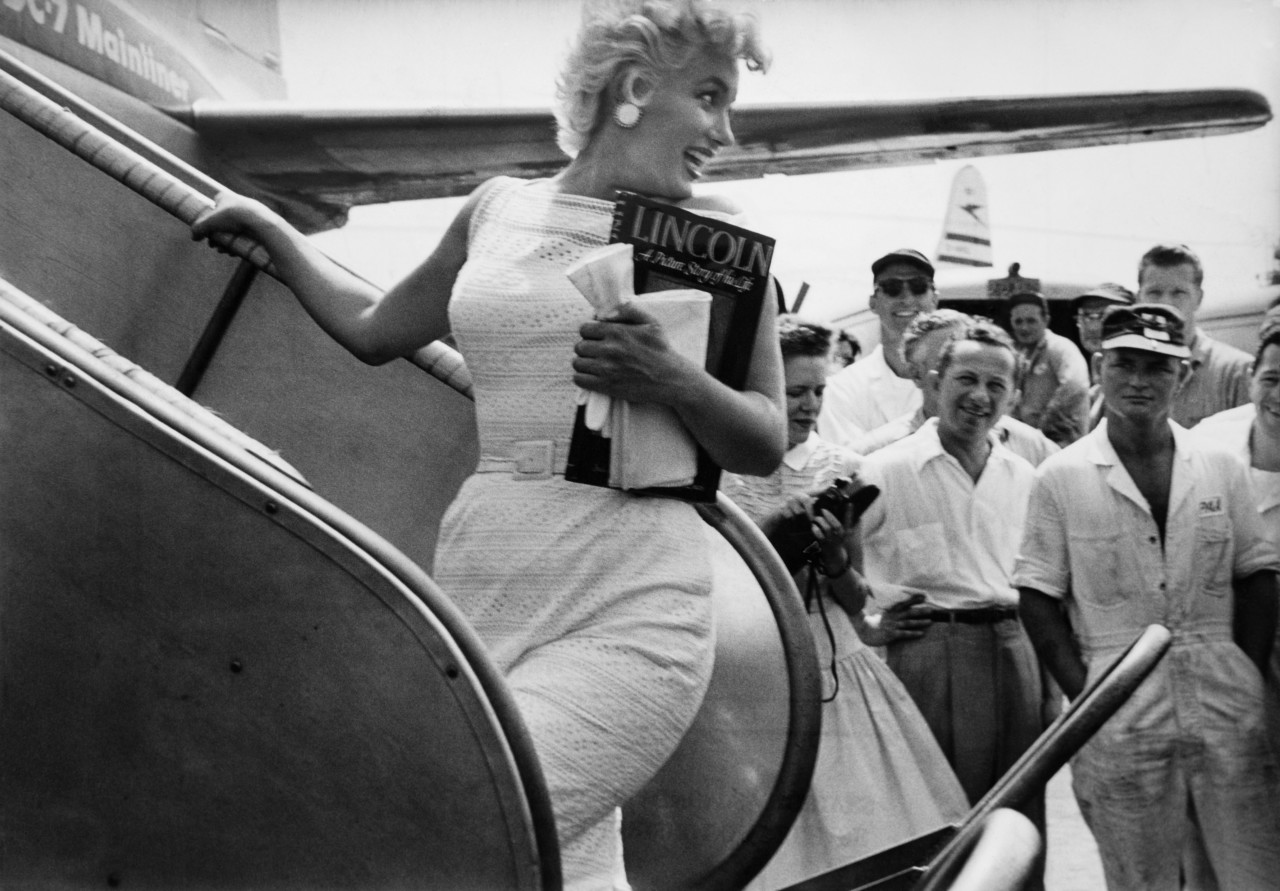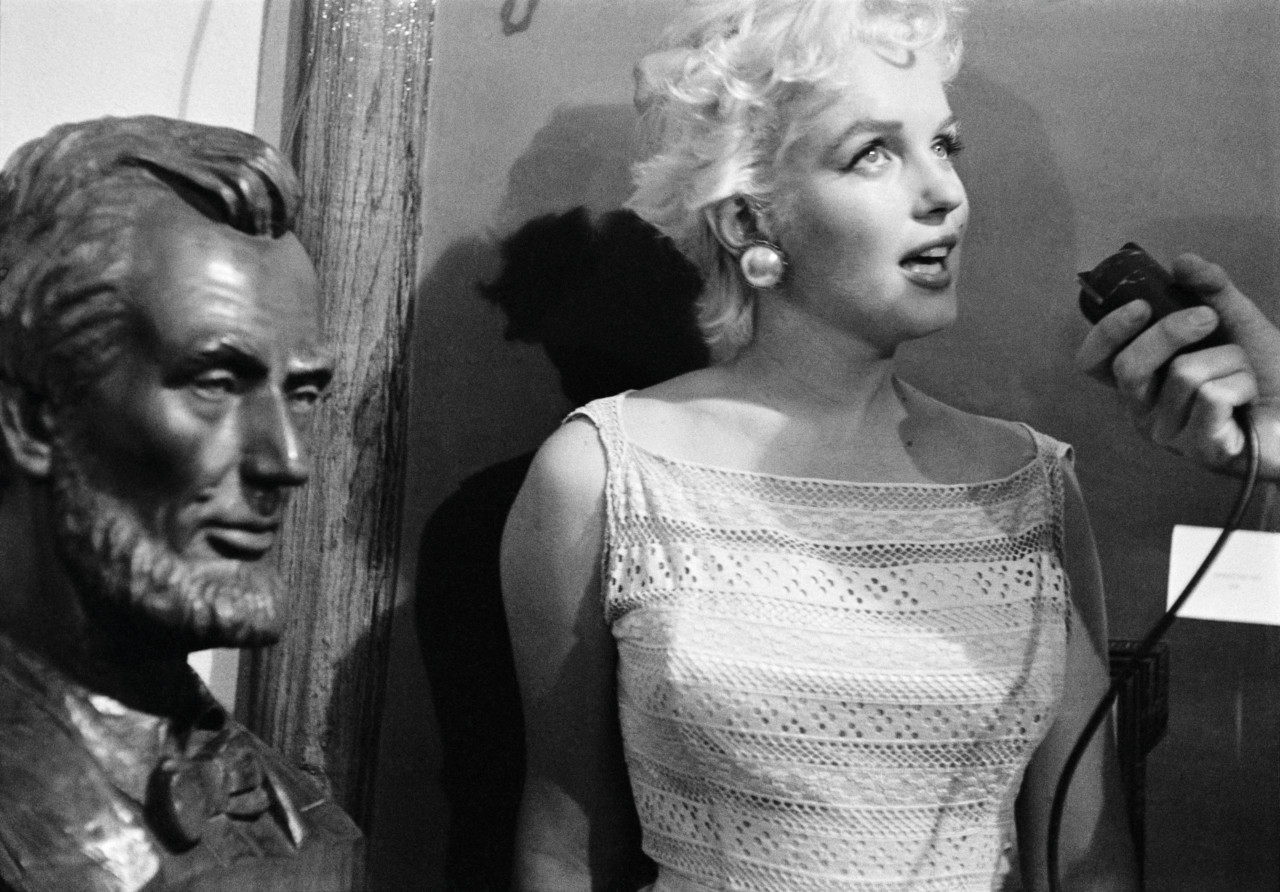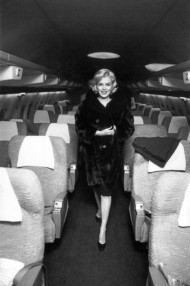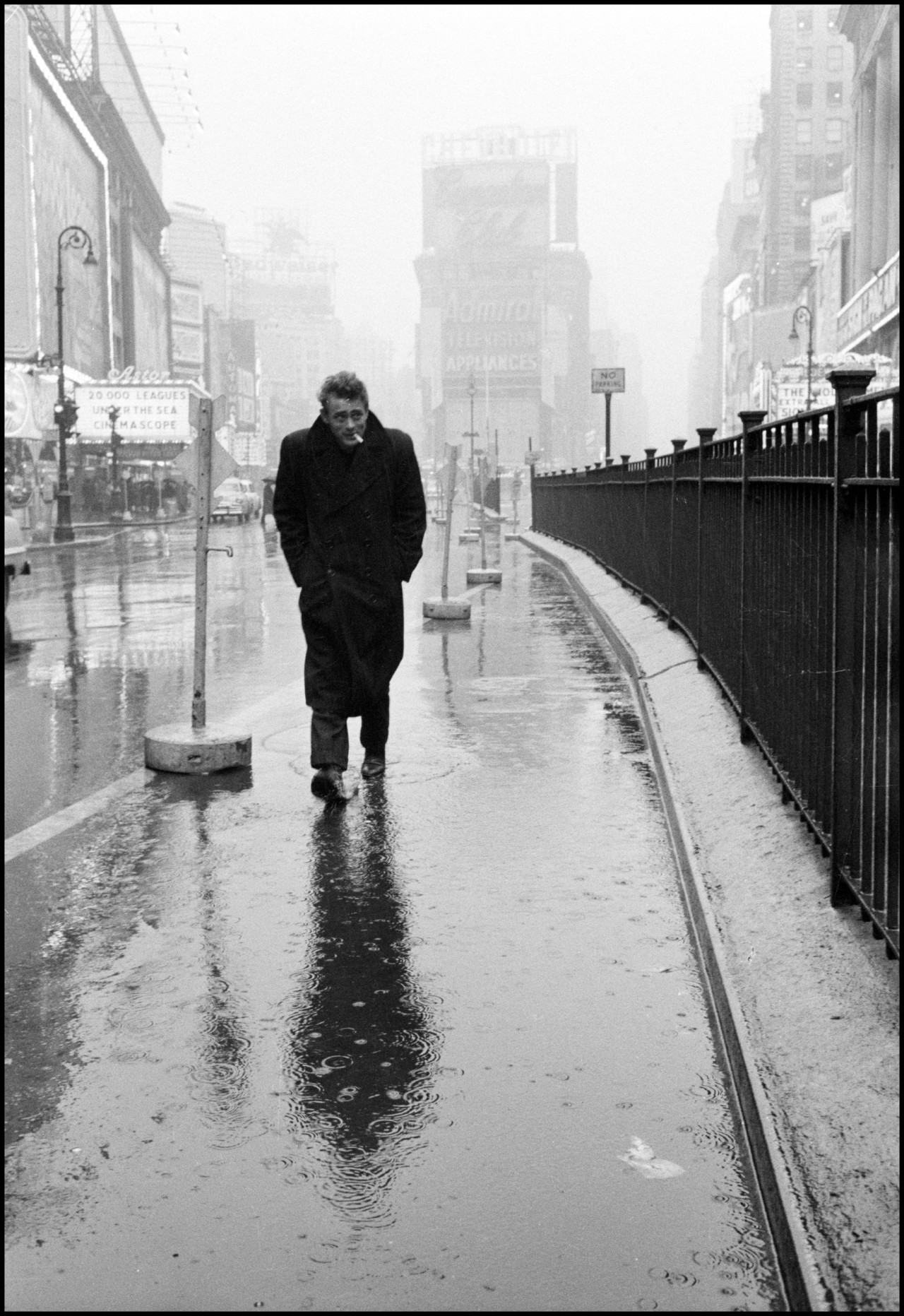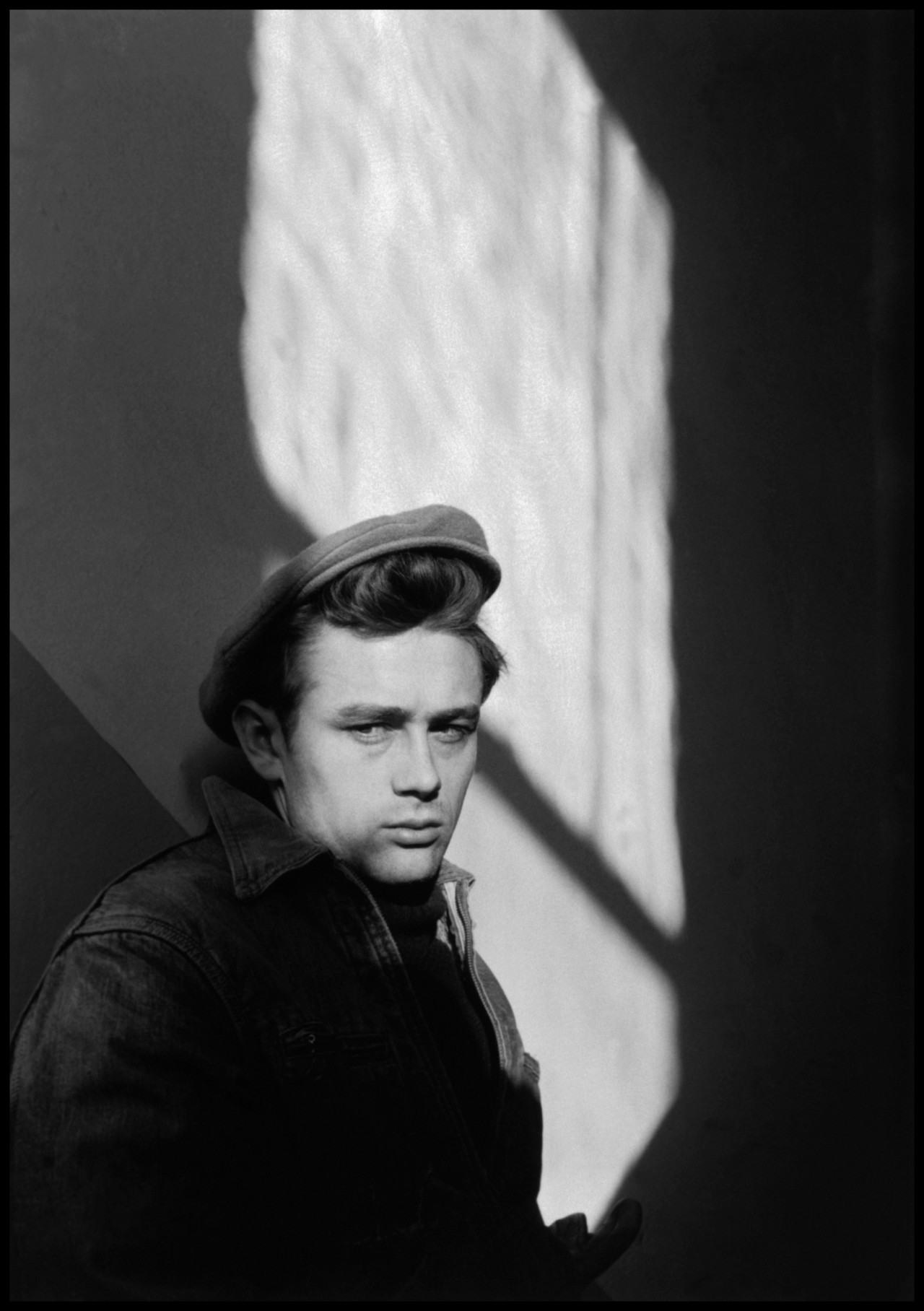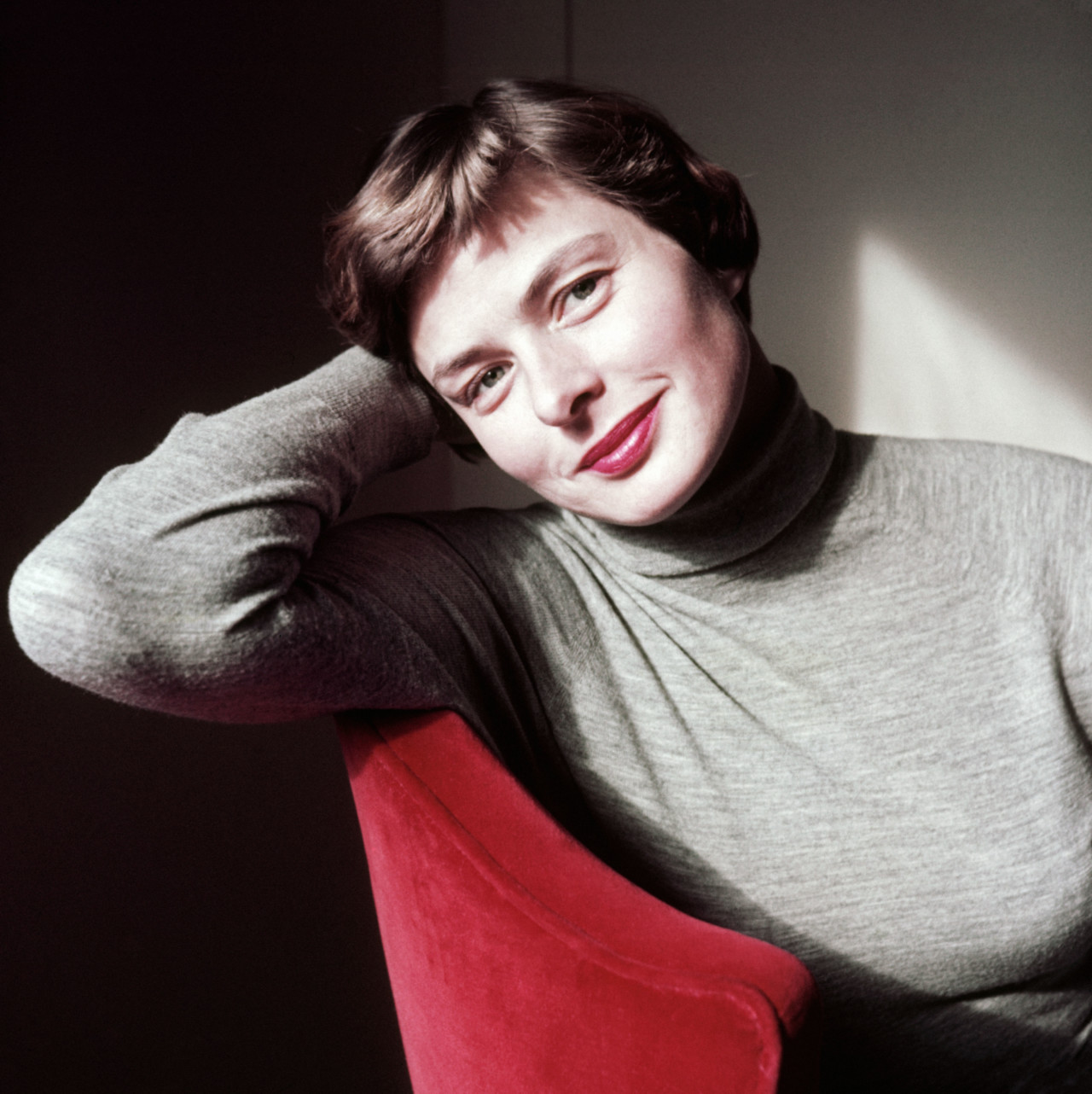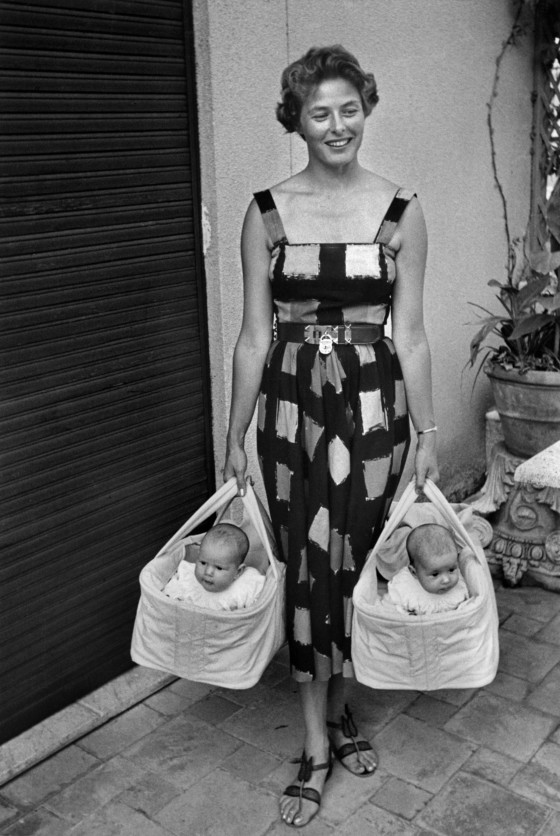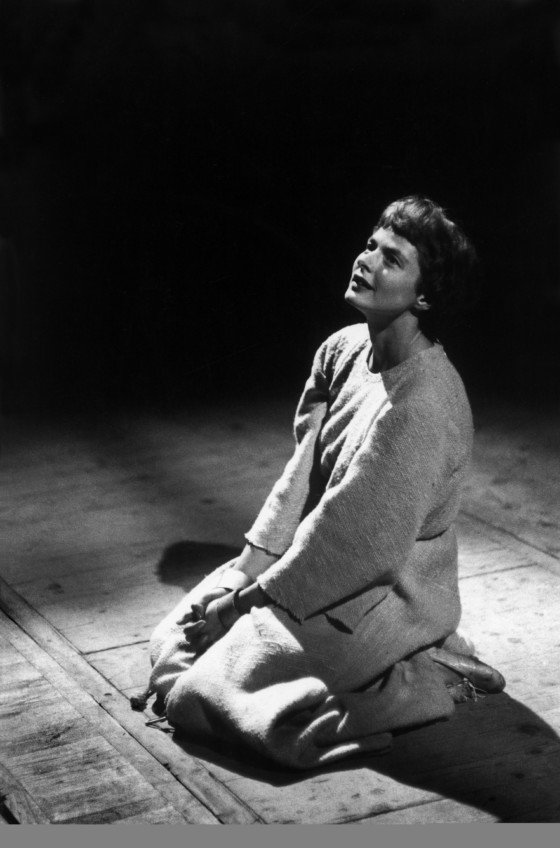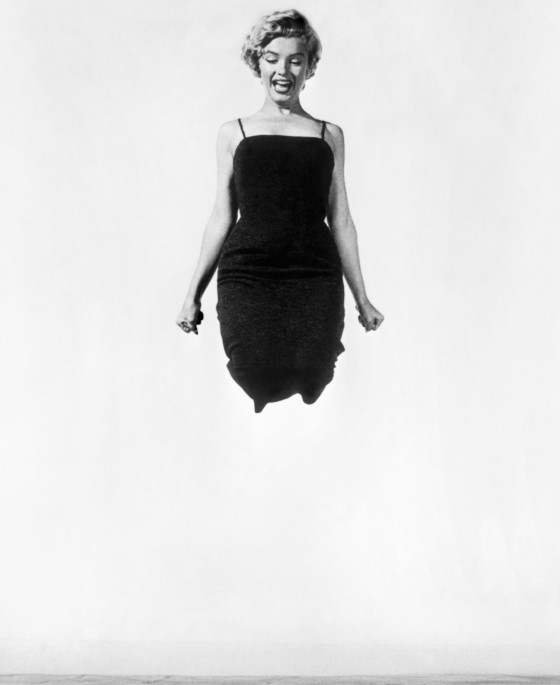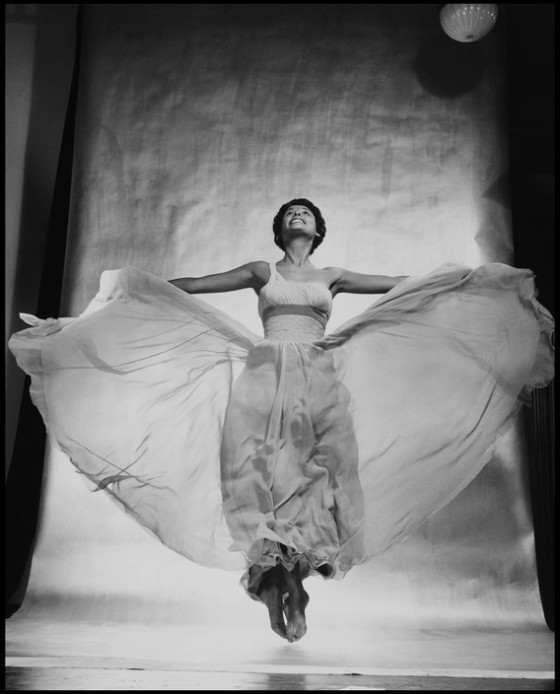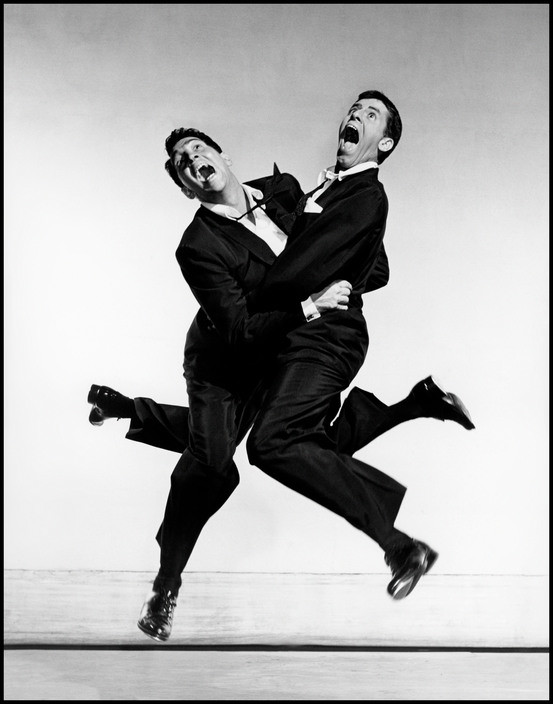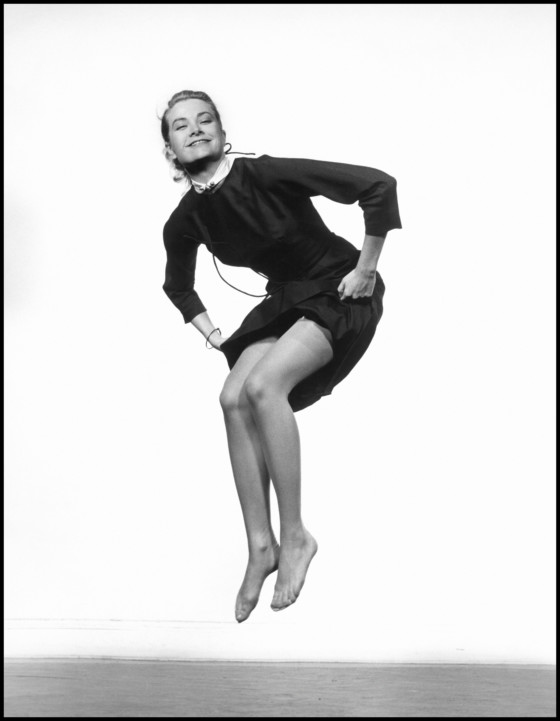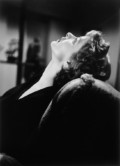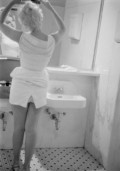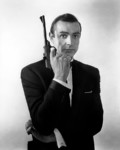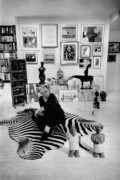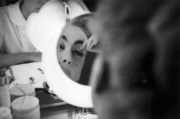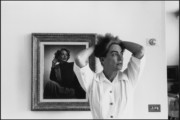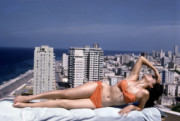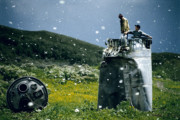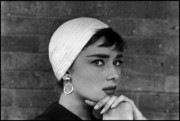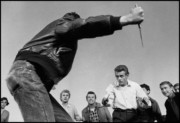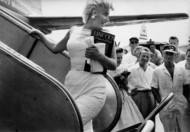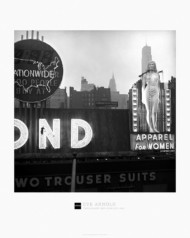Photographing Hollywood Icons
We explore the stories of intimacy and vulnerability behind the portraits of some of cinema’s biggest stars
Magnum Photographers
Magnum photographers have, over the decades, photographed many icons of cinema. From Philippe Halsman’s famed and carefully constructed ‘Jumpology’ series, to Eve Arnold’s naturalistic ‘portrait-in-action’ approach to revealing a less polished Marilyn Monroe – the approaches have been as varied as the subjects. Here we reflect on six remarkable Hollywood series’.
Joan Crawford by Eve Arnold
Eve Arnold’s personal diary provided an astonishingly frank insight into the working relationship the pair developed over the course of several assignments in the 1950s.
“You want to go as deeply into them as people as you can. But usually what happens, if you’re careful with people and if you respect their privacy, they will offer part of themselves that you can use and that is the big secret,” said Eve Arnold, whose uninstructive approach made her a favorite among the many movie stars who she photographed, who would not only offer Arnold part of themselves, but also divulge some secrets of their own. One such subject was Joan Crawford, one of the last great stars of Hollywood’s golden age, whose reputation as a dramatic and hot-headed personality is the stuff of legend.
"…she wanted to show her fans how dedicated she had been to hang on to the top of the cliff of success for thirty years"
- Eve Arnold
In a story for LIFE Magazine, which was supposed to show Crawford at home, Arnold wrote: “We discussed the story line – she wanted to show her fans how dedicated she had been to hang on to the top of the cliff of success for thirty years. We started off with nothing off-limits and wound up after eight weeks the same way. In fact, so inventive was Joan (she would simply dream up situations and go ahead, waiting for the camera to follow after) that we could have filled an encyclopedia instead of the twelve pages at our disposal.”
“Weekends we would spend at her house in Bel-Air photographing. Those would be her days for having her nails done, her hair colored, her legs waxed, her eyebrows dyed; all of which she wanted me to record on film, to show her devotion to her public. In the mornings she would come down the stairs slowly, pause midway at the niche in the stairwell where the spotlighted Oscar she had won for Mildred Pierce was housed, genuflect and continue to the bottom. Only then could the day’s work begin.”
Read more about Eve Arnolds photographs of Joan Crawford here.
Jane Fonda by David Hurn
David Hurn first met Jane Fona on the set of the 1968 film Barbarella, which was being directed by her then husband, the French director Rodger Vadim. He developed a rapport with Fonda, and went on to photograph intimate family moments at home. He was reunited with the actress for a BBC documentary about his work in 2017.
“I suppose it’s their business to look good,” he said, empathizing with actors’ plight, but added, “What to me is slightly amusing, is that I am not absolutely convinced that they know what the best pictures of themselves are.” Hurn came across a classic case of this during his first interactions with Jane Fonda on Barbarella’s Italian set.
Hurn arrived on the production at the request of his friend Tom Carlie, who was the publicist on the film. As per the agreement, Hurn would show Fonda his contact sheets and she would mark off which images she was vetoing. “Bless her,” says Hurn, “she is a great actress but not the best editor of her own pictures. I had learned you do not argue with these people, so I simply put the contacts away, kept them for a week or so, and shot some more pictures.”
"I am not absolutely convinced that they know what the best pictures of themselves are"
- David Hurn
Later, when he came back with more pictures, Hurn added an unmarked print of the previous week’s contact sheets, only for the actress to veto completely different images. “I said, ‘Look, you’ve marked these two identical sheets up differently, isn’t this silly? Wouldn’t it be better if you just had some trust in me and let me get on and do the editing?’ and it was fine.”
“I mean obviously we all have insecurities, sometimes they come out at funny points, and this was her way of feeling she had some control. The second she felt some form of trust she was very happy to let go.”
Marilyn Monroe by Eve Arnold
In a text from 1978 reflecting on her work from the 1950s, Eve Arnold admits she found “portraiture perhaps the most difficult part of photography.” To prevent the standard “mug shot” and to get at what she found most interesting about the person – that which lay beneath the surface – she experimented with what she called a “portrait-in-action,” where “the subject is absorbed in some activity or is shown against a background that interests [her].” She tried to do this with Marilyn Monroe, for instance photographing her resting on her bed eating grapes, reading James Joyce’s Ulysses in her bathing suit on a playground, or behind the scenes on the set of The Misfits in the Nevada desert with Clark Gable and Arthur Miller.
She writes of Marilyn that “posing was a game she played with abandon and delight, drawing the other player, the photographer, into it with a silent but ever increasing psychic pressure.” Candid shots were impossible with Marilyn, who, even when relaxed, would sense the camera lens on her and move into position. Though the photographer concedes it might have been more efficient to be prescriptive in her commands, the intuitive approach to shooting which bound photographer and subject are what, in Arnold’s opinion, resulted in a surprising image.
"Photographs are not made in a vacuum: the person before the lens is inseparable from the process"
- Eve Arnold
The portraits of Marilyn demonstrate Arnold’s dictum that “photographs are not made in a vacuum: the person before the lens is inseparable from the process.” In her shooting sessions with the actress, she writes of Marilyn that “no word would be spoken, but she had made the connection, a tenuous thread that the photographer grasped, an umbilical cord that was sensitive, silent and tough.”
James Dean by Dennis Stock
Dennis Stock met James Dean in Hollywood in January 1955 and, intrigued, began to photograph him. Following him on a visit to his birthplace in Fairmount, Indiana, to New York City, and back to Hollywood, Stock recorded unforgettable images of the young actor in both his professional and private worlds. Stock’s photographs of Dean capture the spirit and humour of a talented man who represented the youth, awareness, and vitality of a generation.
"He was a small, lonely, nobody, on his own journey, walking through Times Square, with big buildings in the background brooding over him"
- Susan Richards
Speaking of the iconic image of Dean taken by Stock in Times Square, Stock’s widow, Susan Richards, said: “James Dean wasn’t a star when this image was taken. It was days before his breakthrough film came out. He had a passion, but no idea what, if anything, would come of it. He certainly did not know stardom was about to hit. Things weren’t looking bright at the moment; it was a rainy, gloomy day. He was a small, lonely, nobody, on his own journey, walking through Times Square, with big buildings in the background brooding over him. Dennis called him, ‘every man.’ He would say, ‘He’s all of us, wondering what the hell the future will hold.’”
Whether photographing Hollywood celebrities or immigrants newly arrived in New York, Stock had a remarkable ability to capture the essence of the American experience. In his own words, “the heartbeat of good photography is discovery”.
Ingrid Bergman by David Seymour
David “Chim” Seymour’s creative relationship with Ingrid Bergman began through his friend, Robert Capa, who had had a brief affair with the Hollywood star. Chim was sent by Capa to photograph Bergman following the controversial birth of her first child with Roberto Rossellini whilst the actress was still married to her first husband Petter Aron Lindström, sensing that she was in need of a sympathetic, discreet photographer.
Bergman became Chim’s “favourite subject”. He was invited to photograph her on set —during the filming of Europa 51, Elena et Les Hommes, Anastacia and rehearsals of Joan of Arc at the Stake—as well as en famille. After he photographed her at the Rossellini family home in Santa Marinella, following the birth of her twins, Isabella and Isotta, she wrote an emphatic letter which began: “Dear Chim, You are a marvelous photographer and I am a marvelous baby maker!” As was his way, he worked quietly and respectfully and the pair remained friends.
Chim’s self-effacing manner masked the profound trust and affection in all who came to know him. His sense of humor and ability to listen helped in the creation of portraits that went beyond the usual “glamour shots”, instead conveying an air of intimacy.
Celebrities by Philippe Halsman
“Jumpology”, a term coined by Halsman, posits that a person’s jump can reveal their true character. He realized this while looking back on a series of photographs he had taken of several NBC comedy actors. “Suddenly, I saw in these finished photographs that each comedian had jumped in character.” For example, Jimmy Durante “flailing his arms like a big-nosed bird” or Jack Carson, who seemed “a little too heavy”.
From then on, Halsman asked many of his portrait subjects to jump in the hope of revealing their personalities, a device he employed when photographing some of the biggest movie starts of all time. With this ploy he captured unusually playful images of the likes of Marilyn Monroe, Gina Lollobrigida, Grace Kelley, Lena Horne, Olivia de Havilland, Sophie Loren, and Audrey Hepburn. This body of work would become a book the book Jump, one of many classics still in print.
Read more about Halsman’s creative approach to photography, and get some inspiration of your own, here.
A collection of fine prints from Magnum’s archive on Hollywood icons is available now on the Magnum shop.


